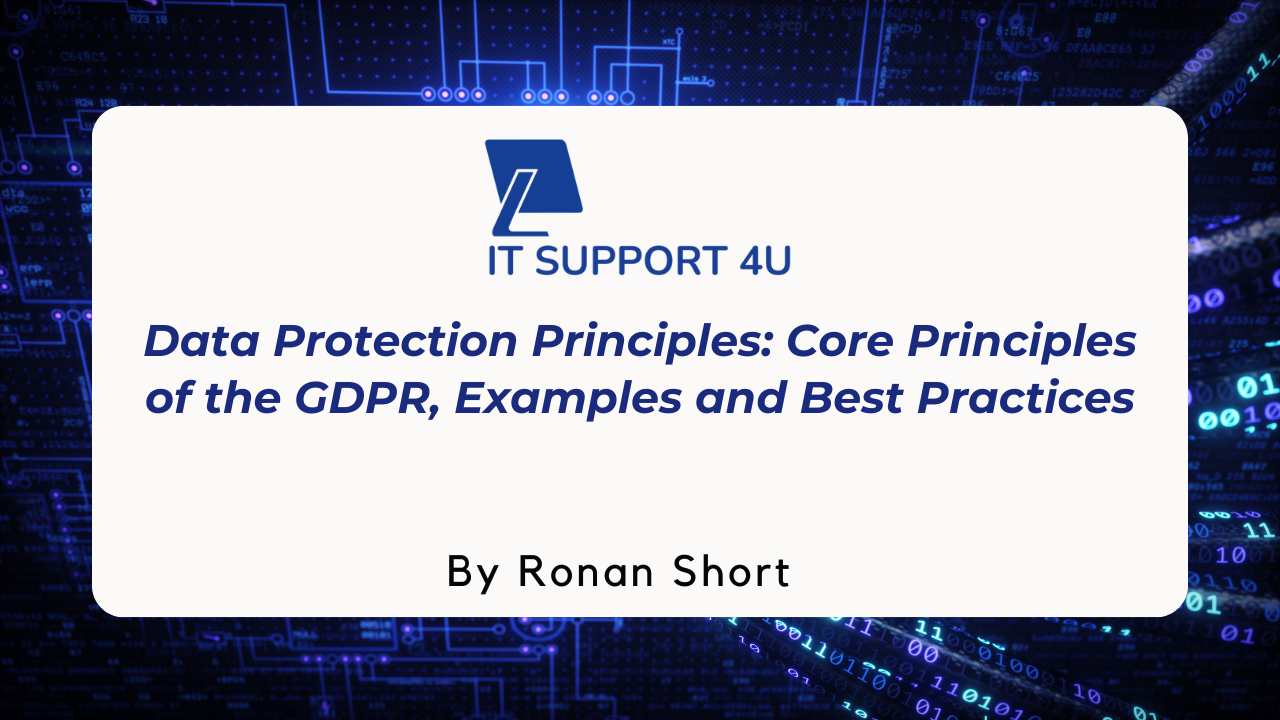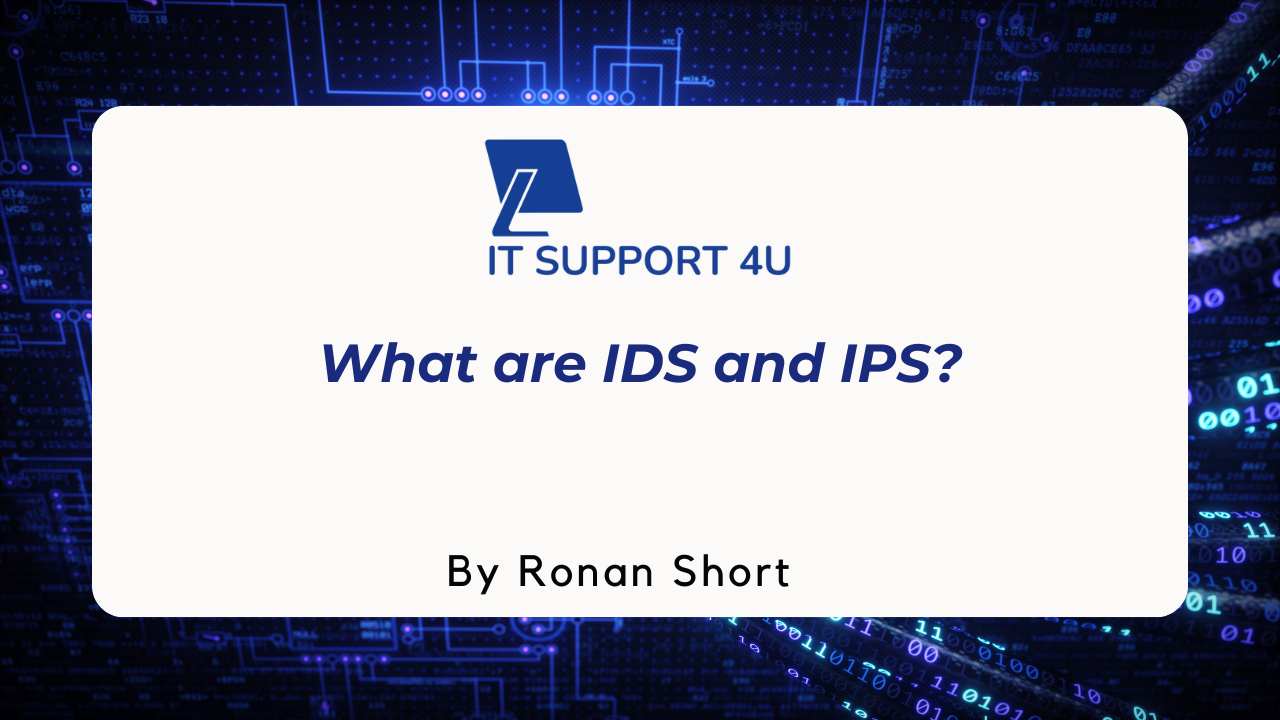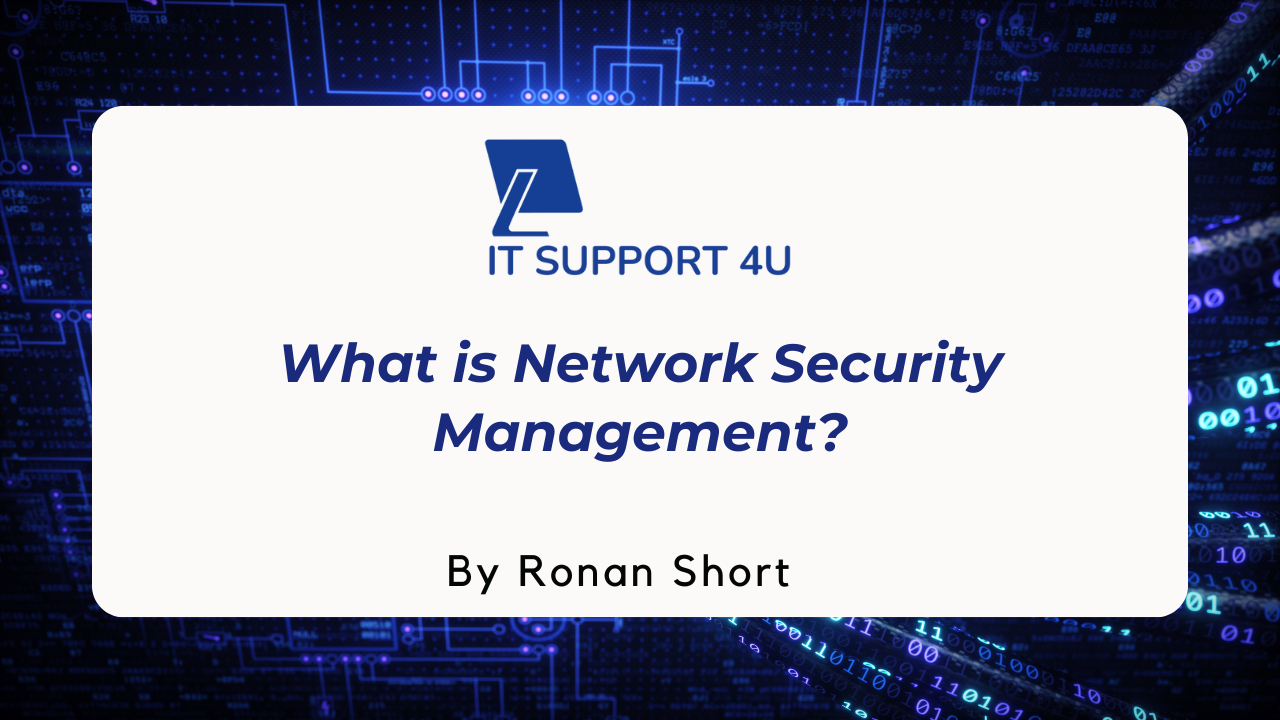Protecting online information has become increasingly crucial as cyber threats rapidly evolve. Therefore, relying completely on passwords is no longer sufficient to protect sensitive data. This is where Multi-Factor Authentication (MFA) comes in, adding essential layers of security to ensure that only authorised users can access personal or business accounts.
By requiring multiple verification steps, MFA significantly strengthens defences, making it much harder for attackers to gain unauthorised access.
In this blog, we’ll explore various types of MFA and its benefits for enhancing online security and compare it to Two-Factor Authentication (2FA). So, we’ll see how MFA plays a key role in protecting valuable information from modern cyber threats.
3 Types of Multi-Factor Authentication
There are several types of Multi-Factor Authentication (MFA), each adding a unique layer of security to help protect your accounts.
Here, we’ll go over the main types, which work together to make it harder for unauthorised users to gain access.
Knowledge-Based Factors
This type of factor relies on information only the user should know, like a password or a PIN. While easy to use, knowledge-based factors are vulnerable if others learn or guess this information.
In MFA, they form just one part of a multi-layered security setup, making access much safer than passwords alone.
Possession-Based Factors
Possession-based factors require the user to have something physical, such as a phone or security token, to verify their identity. For example, a code sent to your phone or generated by an app works well here.
This extra layer makes it harder for an attacker because they would need physical access to the device.
Inherence-Based Factors
Inherence-based factors rely on unique personal traits like fingerprints or facial recognition. These factors are highly secure, as they are difficult for anyone else to copy.
When used alongside other factors, inherence-based authentication offers a strong barrier against unauthorised access.
Benefits of Implementing Multi-Factor Authentication
Implementing Multi-Factor Authentication (MFA) brings several key benefits that enhance overall security. By adding extra layers of verification, it makes it much harder for attackers to gain access to your accounts.
Let’s explore some of the major advantages of using MFA.
Strong Security
One of the main benefits of MFA is that it greatly improves security by requiring more than just a password.
Even if a password is stolen or guessed, the attacker would still need access to the other factors, like a phone or fingerprint. This added layer makes it far more difficult for hackers to break in.
Protection Against Phishing Attacks
Phishing attacks often rely on stealing login details through fake websites or emails.
With MFA, even if attackers manage to steal a password, they cannot access the account without the second or third verification steps. This significantly reduces the risk of falling victim to phishing scams.
Compliance with Regulations
Many industries require businesses to meet strict security standards, such as GDPR or PCI-DSS. MFA helps organisations comply with these regulations by ensuring that sensitive data is better protected.
This not only secures accounts but also avoids potential fines for failing to meet security requirements.
Common Challenges in Implementing Multi-Factor Authentication
While multi-factor authentication (MFA) adds strong security, implementing it can come with some challenges. These issues can affect both organisations and users, making it important to address them properly.
Let’s take a look at some common challenges.
User Resistance
Many users find MFA inconvenient because it requires extra steps to log in. People often prefer quick access, and the additional verification can feel like a hassle.
Educating users on the importance of MFA can help reduce this resistance and make them more willing to adapt.
Cost and Resources
Setting up and managing MFA can be costly, especially for small businesses. There may be costs for purchasing hardware tokens, apps, or biometric systems, along with the time needed to train staff.
However, these initial costs are often outweighed by the long-term benefits of improved security.
Technical Issues
Sometimes, technical problems can arise with MFA, such as devices not working or users being unable to receive codes. These issues can lead to frustration and may disrupt business operations.
Ensuring strong support and troubleshooting options can help resolve these challenges quickly.
Conclusion
Multi-Factor Authentication (MFA) is a crucial tool in today’s cybersecurity world. By requiring multiple forms of verification, MFA significantly reduces the risk of unauthorised access and strengthens protection against cyber threats like phishing and data breaches. While implementing MFA can present challenges, the benefits it brings to online security make it worthwhile.
So, if you want to enhance your cybersecurity but need expert guidance, IT Support 4U can help. Our team specialises in setting up and managing MFA solutions custom to your needs. Contact us today to protect your business and secure your sensitive information effectively.
Get an IT Plan Today!













